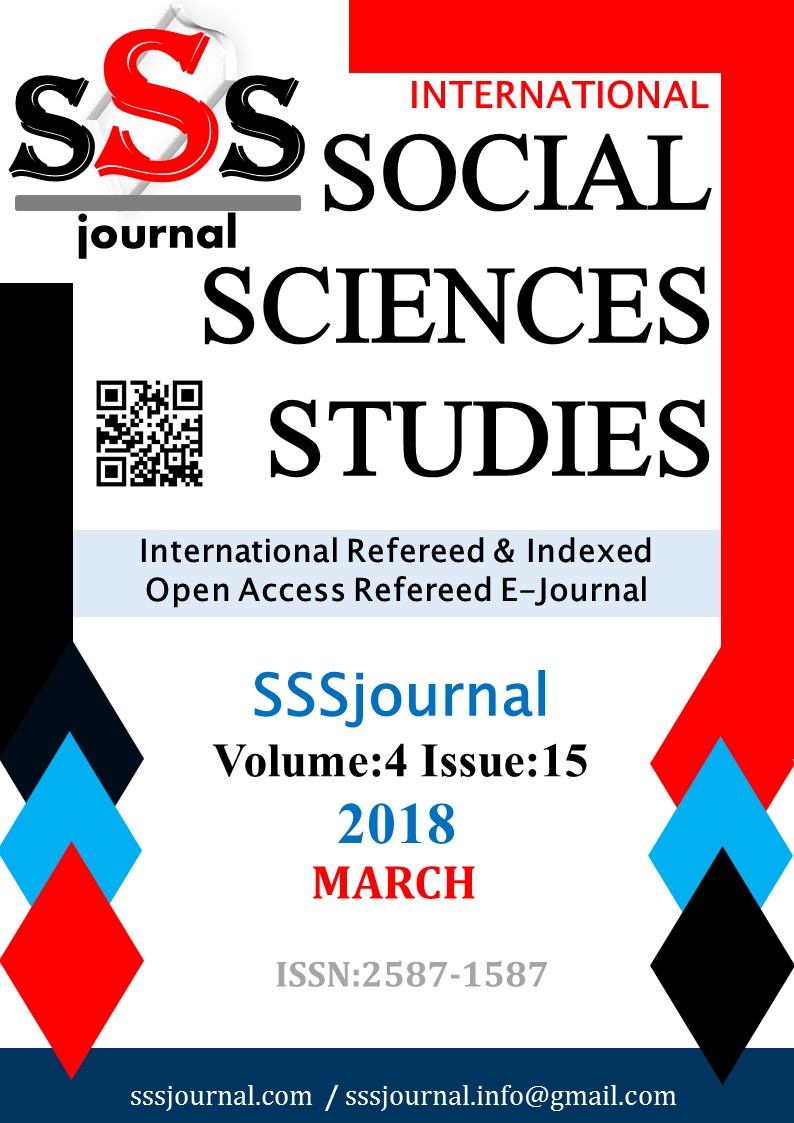Author :
Abstract
İnsan gözünün görmesi prensibi ile fotoğraf makinesinin fotoğraf çekmesi prensibi birbiri ile aynı çalışmaktadır. elektromanyetik dalgaların yayılması ile ışık ortaya çıkar. Işık farklı dalga boylarında bulunur. Dalga boylarının kırılması ile oluşan renk birimlerine ışık tayfı denilmektedir. İnsan gözü ve fotoğrafçılıkta kırmızı ve mor arasında kalan elektromanyetik dalga boyları kullanılmaktadır. Fotoğrafta ışık şartlarını iyi ayarlamak doğru fotoğraf çekmeyi sağlar. Fotoğraf çekerken çekilecek olan fotoğrafın niteliğine bağlı olarak farklı ışıklar kullanmak gerekebilir. Farklı ışık kaynakları önden gelen ışık, yanal ışık, ters ışık, tepeden gelen ışık yatay ışık olarak sıralanabilir. Çekim yapılırken mekanın ışığının araştırılması, çekim zamanının planlanması, mekanın iç ve dış özellikleri, kullanılacak ışık kaynaklarının cinsi ve nedenleri, çekilecek fotoğrafın niteliği, özelliği ve konusuna göre en uygun zamanlaması önemlidir. Bu çalışma ile ışık konusu incelenmekte ve doğru fotoğrafı çekme konusunda ışığın etkileri hakkında bilgi verilmektedir. Çalışmanın alana özellikle verilen örnekler üzerinden katkı sağlayacağı düşünülmektedir.
Keywords
Abstract
The principle of human vision and the photography principle of photography are the work the same. Light is emitted by the spread of electromagnetic waves. The light is in different wave lengths. Color units formed by breakage of wave length are called light spectrum. In the human eye and photography, the electromagnetic wave length between red and purple is used. Setting the light conditions well in the photography allows you to take the correct photographs. You may need to use different lights depending on the quality of the image. Different light sources can be sorted as natural light, direct light, reverse light, side light, point light, reflected light. Timing is important when shooting, it is important to investigate the light of the room, the timing of the shooting, the inside and outside characteristics of the room, the nature and causes of the light sources to be used, and the quality. In this study, the light is examined in depth and information about the effects of light on correct photography is given. It is thought that the this research will contribute to the field through given examples.
Keywords
- Akbaş, F. (2011). Fotoğrafta Pratik Kompozisyon, Say Yayınları, Ankara.
- Akbaş, F. (2011). Fotoğrafta Pratik Kompozisyon, Say Yayınları, Ankara.
- Arnhaim, R. (2007). Görsel Düşünme (Çev. Rahmi Öğdül), Metis Yayınları, İstanbul.
- Aydın, B.(2016). “Fotoğrafta Kompozisyonel Unsurlar (Mimari Fotoğrafçılıkta Kompozisyon Oluşturma Uygulaması” Yüksek Lisans Tezi, Atatürk Üniversitesi Sosyal Bilimler enstitüsü, Erzurum.
- Berger, J. (2004). Görme Biçimleri (Çev. Yurdanur Salman), Metis Yayınları, İstanbul. Gemici, Ö. (2013). Temel fotoğraf bilgisi. Öncü basımevi, Ankara.
- Kamburoğlu, Ö. (2012). Fotoğrafın temel prensipleri. Say yayınları, İstanbul. Kamburoğlu, Ö. (2013). A’dan Z’ye fotoğraf. Say yayınları, İstanbul.
- Karadağ, Ç. (2016). Fotoğrafın temel yapısı. Öteki yayınevi, İstanbul.
- Sütlüoğlu, M. (2017). Fotoğraf sanatında kompozisyon. Oksijen yayınları, İstanbul.
- Yılmaz, B. (2016). “Görsel Sanatlarda Görüntü, Kadraj ve Çerçeve Problemi” İdil Dergisi, 20(5): http://fotopanorama360.com/fotograf-ve-fotografcilik-nedir/ (8.2.2018).
- http://www.turknikon.com/fotografta-isik-23892 (8.2.2018).
